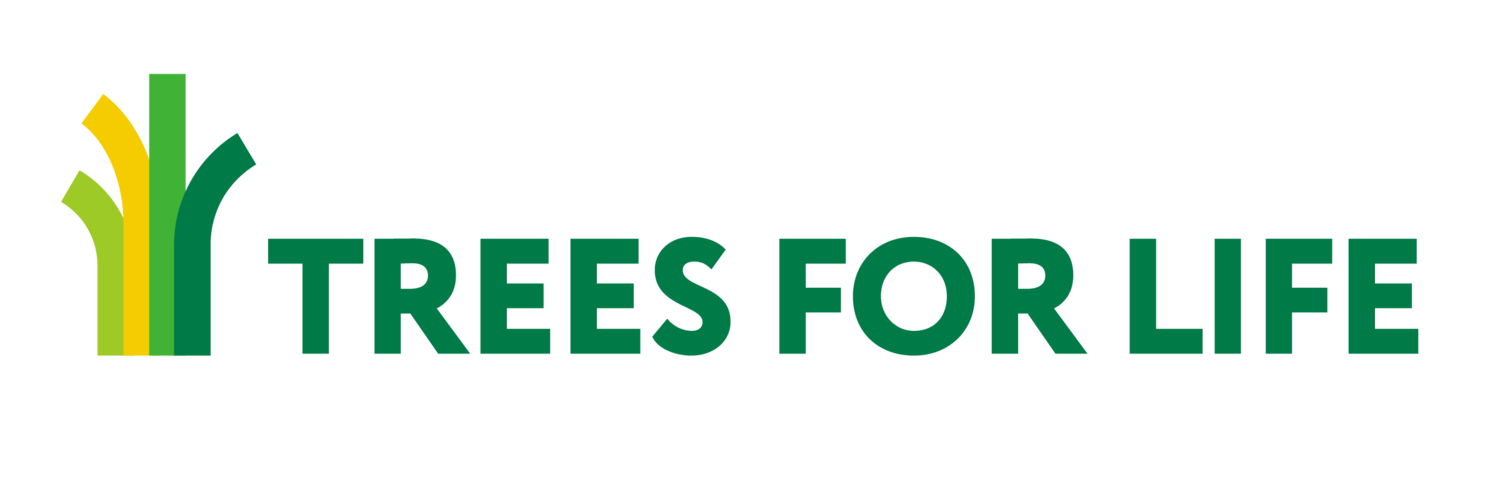Trees for Health: A Message from Mark
The headline in the Globe and Mail article reads, “Extreme heat should be considered a natural disaster: report”. It is hard for me to think of high temperatures and searing sunshine right now, as I write this our evening temperatures are reliably (and stubbornly) dipping below zero Celsius.
I would give a basket of fresh, home-grown tomatoes for some heat right now.
But this is no time to be smart. As Canadians most everywhere can attest, if our memory serves us, to record high temperatures last summer. The article reflects on the heat experienced in Montreal, “where air conditioning was uncommon and natural vegetation such as trees to provide shade was limited”, it mentions the Canadian Prairies, southern B.C., Kelowna, Ontario, and Quebec as areas that are particularly vulnerable to extreme heat by 2050.
I am reminded that the trees we plant today will not provide substantial cooling and other environmentally beneficial services for 20 to 30 years, reaching their peak of productivity around 2050. In other words, our investment in urban trees today will maximize their impact on climate change when our grandchildren are reaching their height of productivity in the world, likely with children of their own. That is if you have grandchildren who are pre-teen today. You can do the math.
There is a reason why the people who run Trees For Life/Trees For Heroes “tap dance to work”, in the words of Warren Buffet. And that is, our mission transcends the value of money. No one can know for certain just how valuable the trees we plant now will be in the future, we just know that they will be. Valuable indeed.
When we gather for an outdoor picnic this summer, I will bet you that no one reading this newsletter will spread their picnic blanket on the driveway or even the lawn, on a sunny day. We will seek out the nearest tree and set up camp under its cooling shade which is at least ten degrees lower than the temperature in the sun.
That is, in the simplest terms possible, why we need more trees where Canadians live, work, and play.
There is evidence that urban trees are good for our health. They help us breathe, filter water, encourage physical activity, reduce stress, and slow our heart rate. Science is providing lots of evidence to support this truth. But I’ll save that for another day.
In the meantime, I repeat the use of the word “investment”, because that is what you do when you donate to Trees for Life. Apart from the health and environmental benefits, every dollar that you donate today, up to $1 million in 2023, is matched by Natural Resources Canada through the 2 Billion Trees Program. When we partner with municipalities and other tree-planting organizations, they match our support, for an additional $2.
Your one-dollar donation becomes $4.
And we stretch each donation as far as we can to maximize the number of trees planted.
The solution to extreme heat, according to the Globe and Mail article, is to “plant more trees for better shade”.
This Earth month please consider buying a tree for a health worker or a first responder whom you wish to thank and acknowledge for their great work and dedication. $150 buys you a substantial tree, planted in an urban space. A certificate will be sent to the recipient you wish to acknowledge, you will receive a tax receipt… and your money will grow to $600 through the miracle of matching.
A good business proposition?
A good environmental decision?
A good charity to support and encourage?
I encourage you to decide. And while you are thinking about it, consider joining us, and tap dancing to the nearest tree.
With thanks for your generous and enthusiastic support of Trees for Life.
Mark Cullen
Volunteer President, Canadian Trees For Life
www.treesforlife.ca
Report Source



